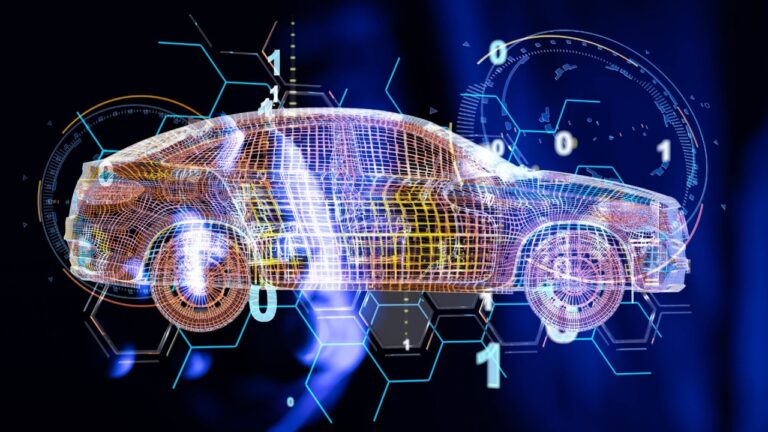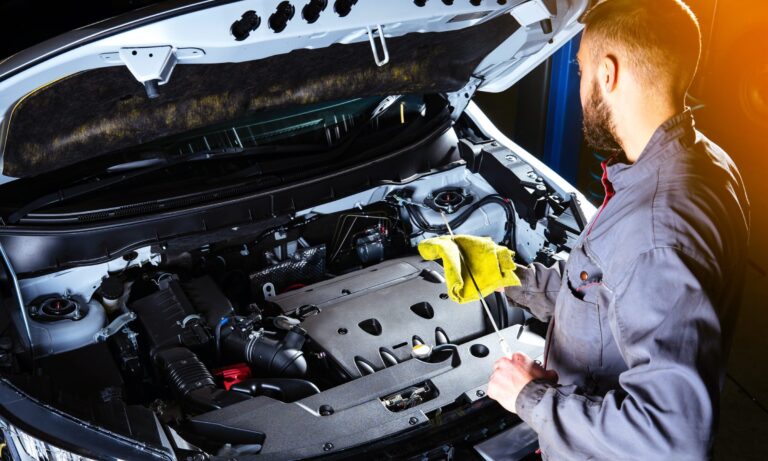The Evolution of Car Safety Features: From Airbags to Advanced Driver Assistance Systems
Car safety has come a long way since the early days of the automobile. What began with basic protective measures has evolved into a sophisticated network of technologies designed to prevent accidents and protect occupants. This article explores the evolution of car safety features, from the introduction of airbags to the cutting-edge Advanced Driver Assistance Systems (ADAS) of today.
1. The Birth of Airbags
The journey toward modern car safety began with the introduction of airbags:
- Early Concepts: The concept of airbags dates back to the 1950s, but it wasn’t until the 1970s that they started appearing in production vehicles. The primary goal was to provide an additional layer of protection in the event of a collision.
- Impact on Safety: Airbags revolutionized car safety by reducing the severity of injuries during accidents. Initially, driver-side airbags were standard, followed by passenger-side airbags and eventually side airbags to protect against side-impact collisions.
2. The Rise of Anti-Lock Braking Systems (ABS)
The next significant advancement in car safety came with Anti-Lock Braking Systems (ABS):
- Introduction and Function: ABS technology, introduced in the 1980s, prevents wheel lock-up during hard braking. By maintaining tire traction, ABS helps drivers maintain control and steer around obstacles even during emergency stops.
- Impact on Driving: ABS has become a standard feature in modern vehicles, enhancing braking performance and improving safety in slippery conditions.
3. The Advent of Electronic Stability Control (ESC)
Electronic Stability Control (ESC) marked a significant step forward in vehicle stability:
- How It Works: ESC technology, introduced in the late 1990s, helps prevent skidding and loss of control during extreme driving conditions. It works by detecting and correcting oversteer or understeer situations through selective braking and throttle control.
- Safety Benefits: ESC has been credited with significantly reducing the risk of rollovers and single-vehicle accidents, making it a critical component of modern vehicle safety.
4. The Emergence of Advanced Driver Assistance Systems (ADAS)
As technology continued to evolve, Advanced Driver Assistance Systems (ADAS) emerged:
- Key Features: ADAS includes a range of technologies designed to assist drivers and enhance safety. Key features include Adaptive Cruise Control, Lane Departure Warning, Blind Spot Monitoring, and Automatic Emergency Braking.
- How It Enhances Safety: These systems use sensors, cameras, and radar to provide real-time information about the vehicle’s surroundings. They help drivers avoid collisions, stay within their lanes, and adapt to changing driving conditions.
5. The Integration of Autonomous Driving Technologies
The most recent development in car safety is the integration of autonomous driving technologies:
- Levels of Autonomy: Autonomous driving technologies are categorized into levels, from Level 1 (basic driver assistance) to Level 5 (full automation). Features such as self-parking, highway lane-keeping, and full self-driving capabilities represent the pinnacle of autonomous technology.
- Impact on Safety: Autonomous vehicles aim to eliminate human error, the leading cause of accidents. By leveraging advanced sensors, artificial intelligence, and machine learning, these vehicles have the potential to drastically reduce accidents and improve overall road safety.
6. Looking Ahead: Future Innovations
The evolution of car safety features is ongoing, with future innovations on the horizon:
- V2X Communication: Vehicle-to-Everything (V2X) communication technology allows vehicles to communicate with each other and with infrastructure elements, such as traffic signals and road signs, to improve safety and traffic flow.
- Enhanced Sensors and AI: Future developments will likely focus on improving sensor accuracy, AI algorithms, and vehicle-to-vehicle communication to further enhance safety features and support the transition to fully autonomous driving.
Conclusion
The evolution of car safety features from airbags to Advanced Driver Assistance Systems represents a remarkable journey in automotive technology. Each advancement has contributed to making vehicles safer and more reliable, ultimately saving lives and reducing the impact of accidents. As technology continues to advance, the future of car safety promises even greater innovations that will further enhance the driving experience and protect all road users.





